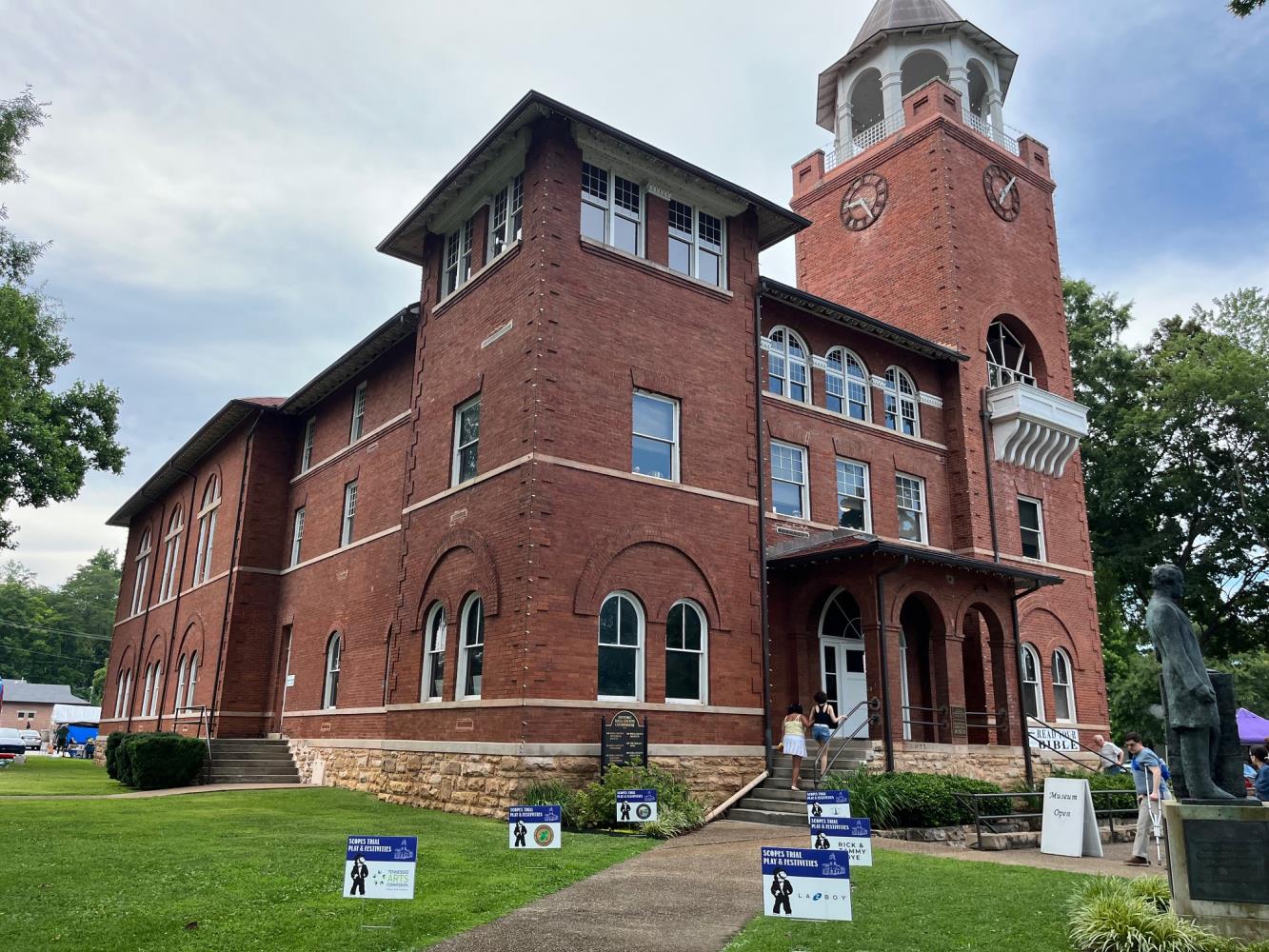
Rhea County Courthouse
photo by John Shearer
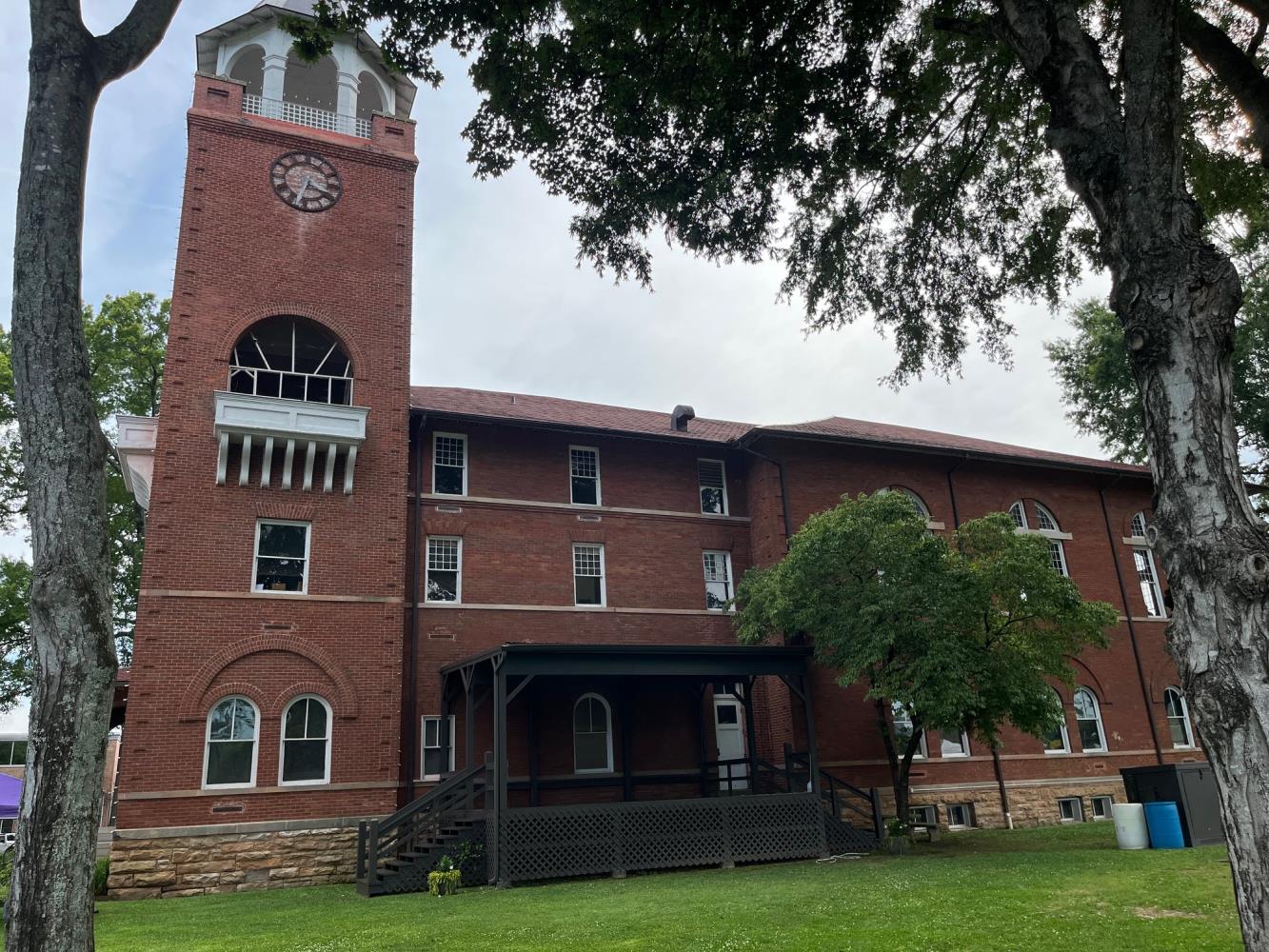
Rhea County Courthouse
photo by John Shearer
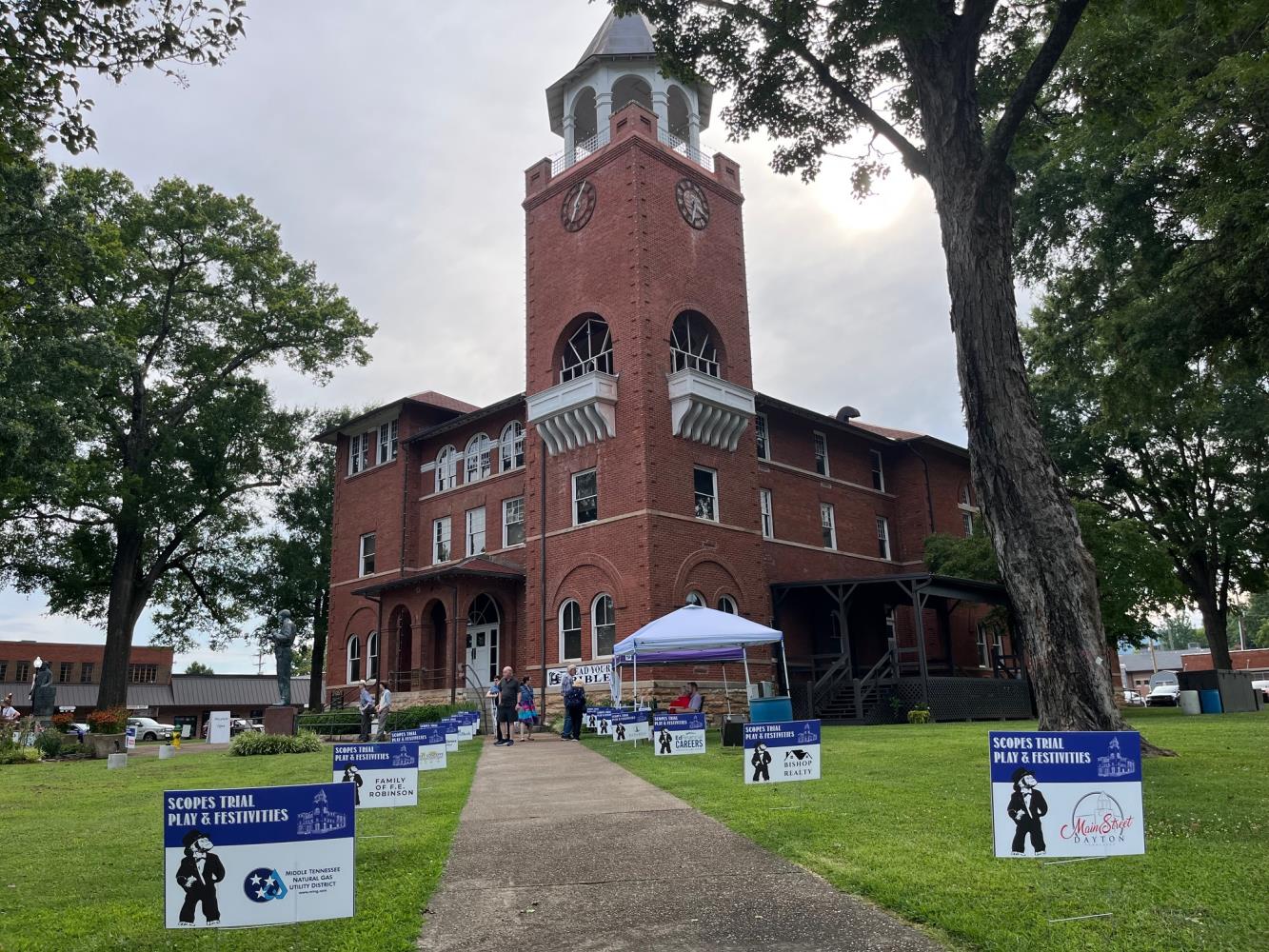
Rhea County Courthouse
photo by John Shearer
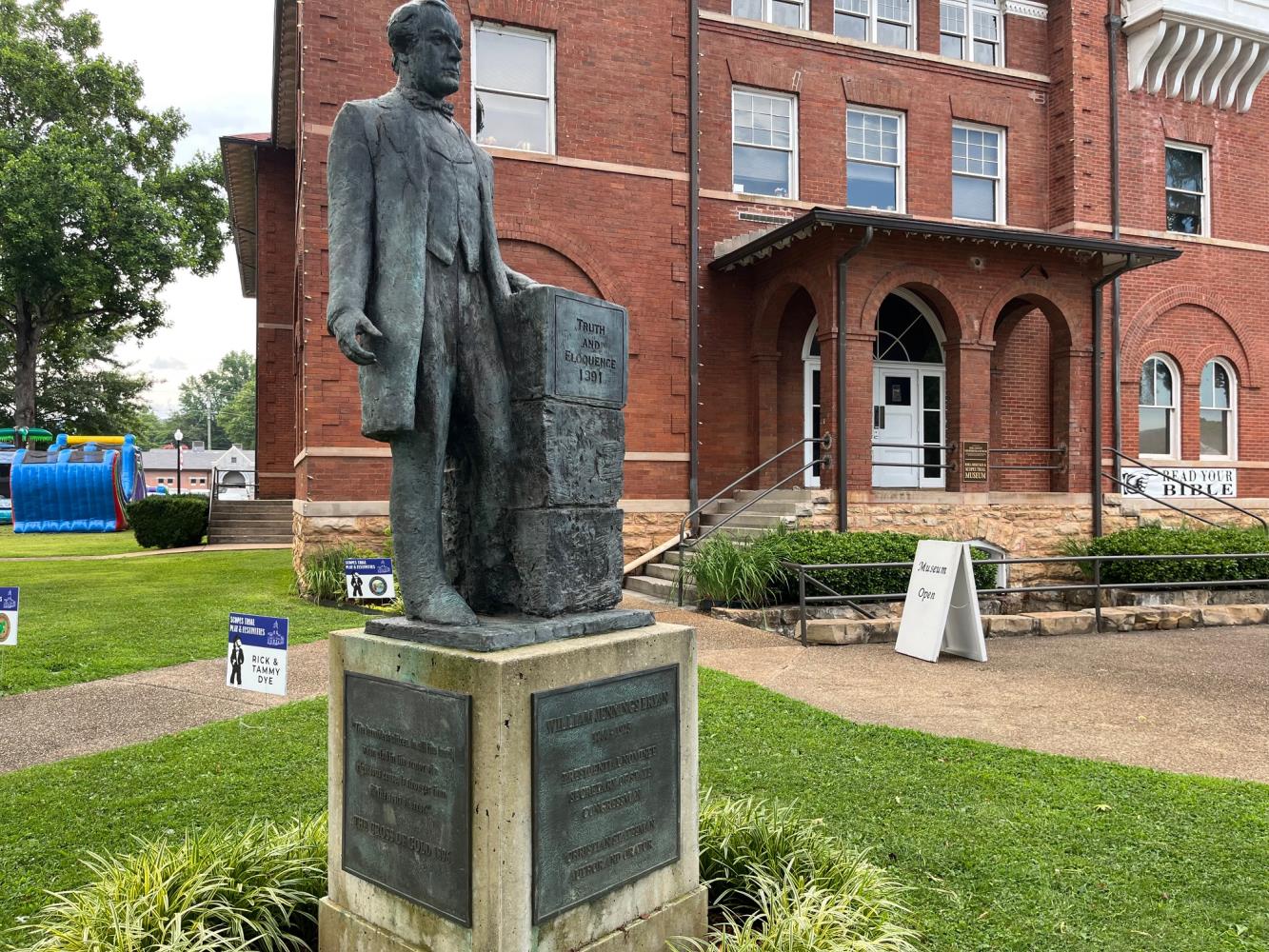
William Jennings Bryan statue
photo by John Shearer
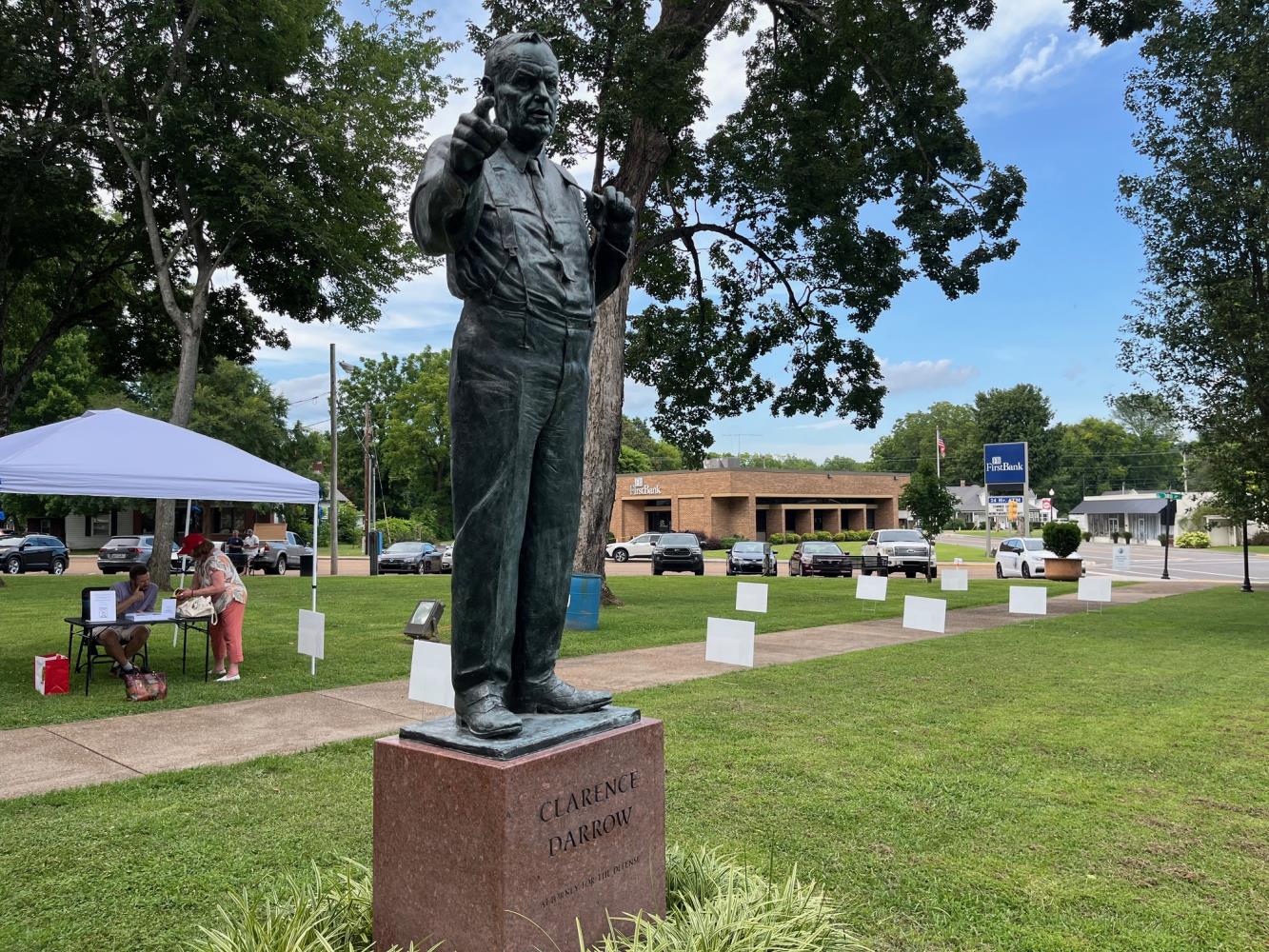
Clarence Darrow statue
photo by John Shearer
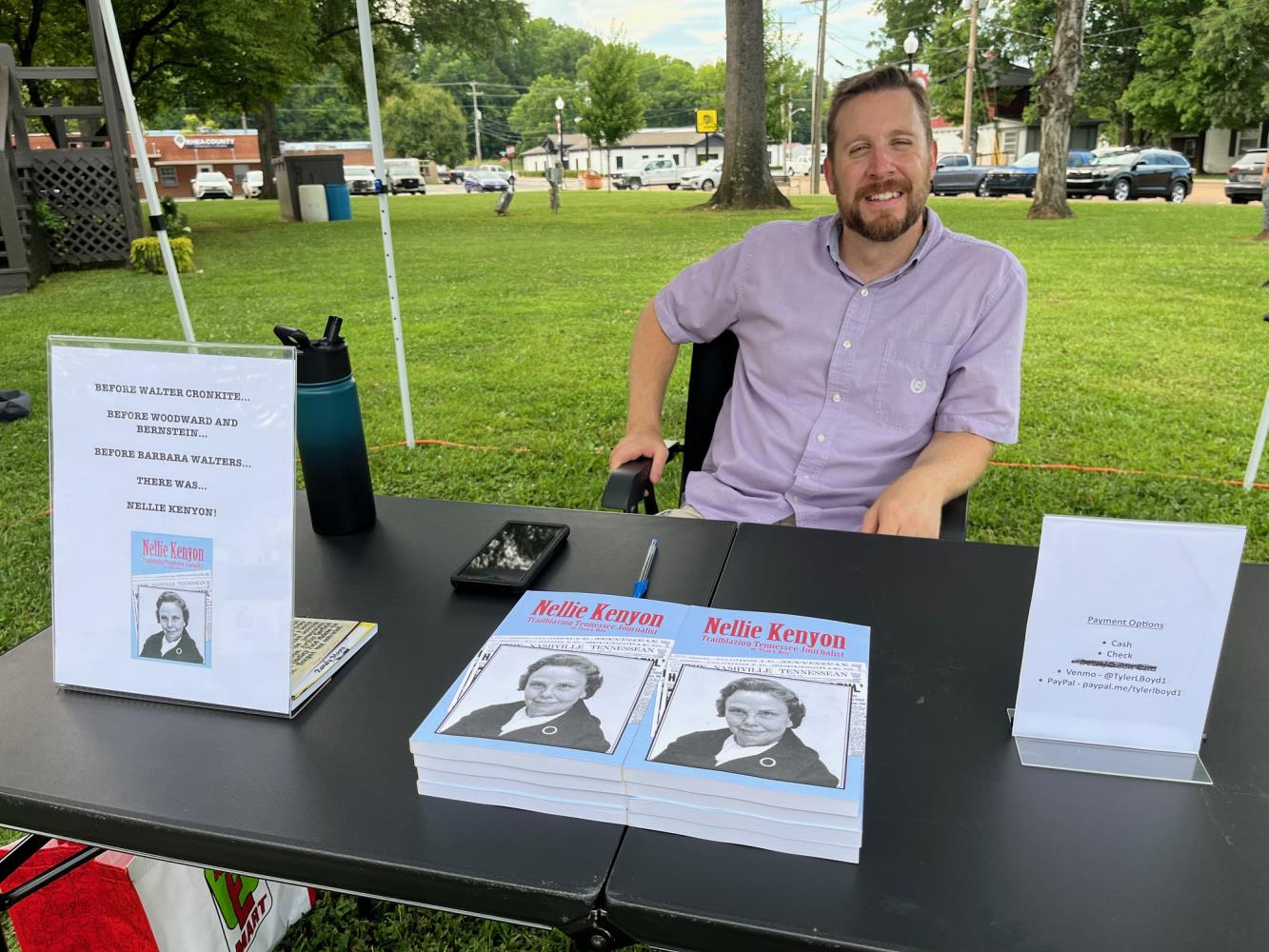
Author Tyler Boyd
photo by John Shearer
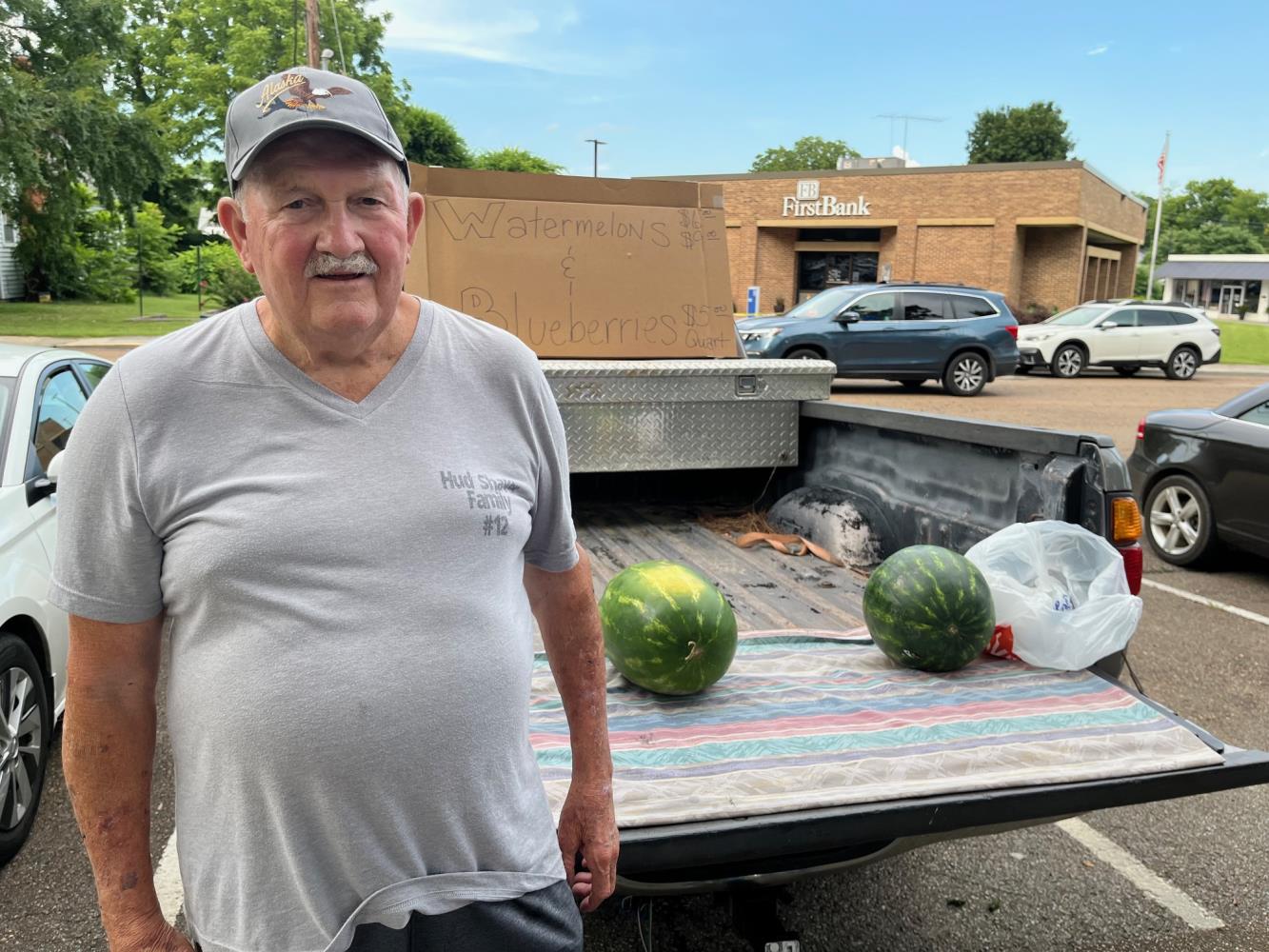
Tom Shaver
photo by John Shearer
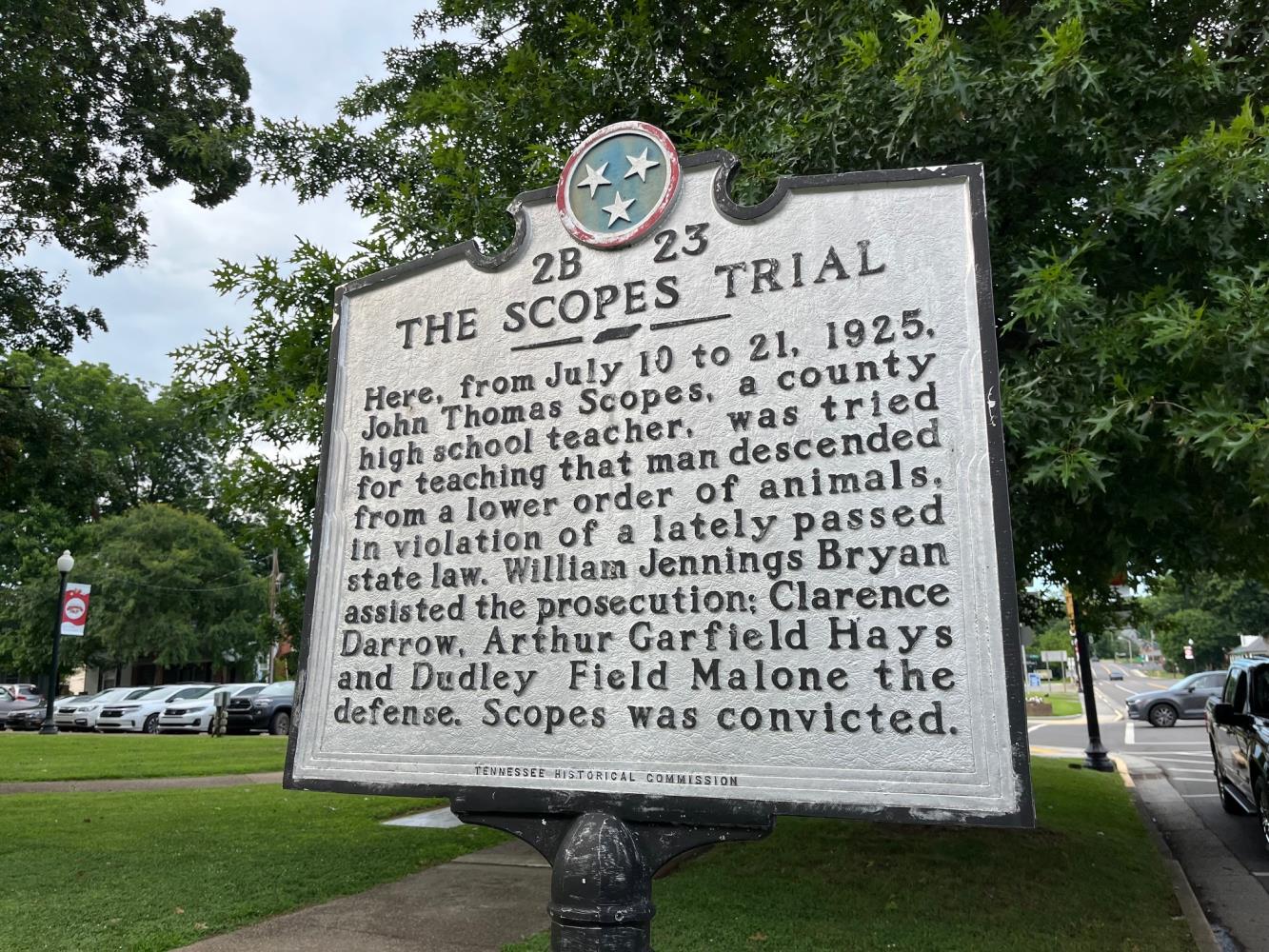
Scopes Trial plaque
photo by John Shearer
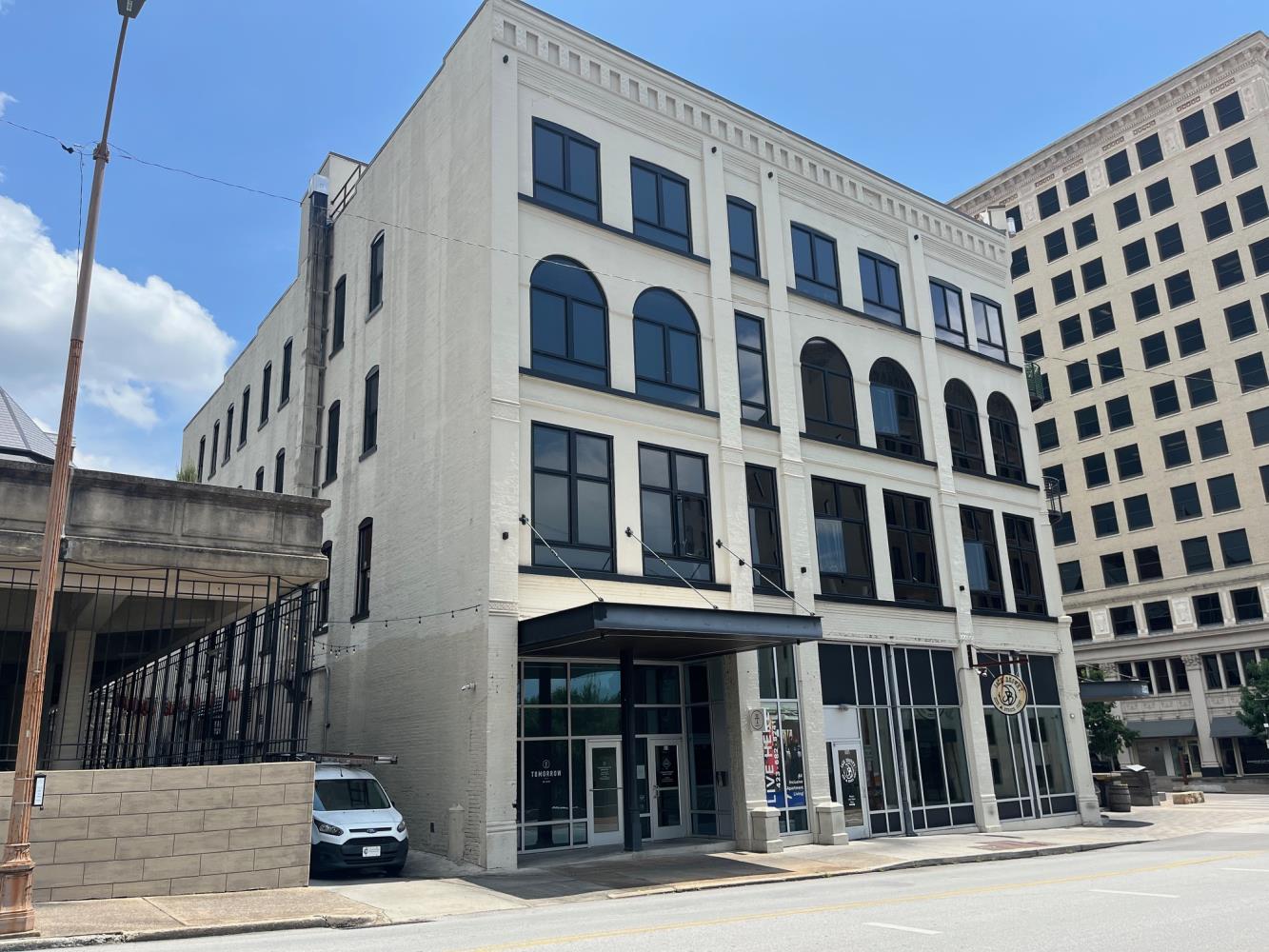
Old Ross Hotel/Tomorrow Building
photo by John Shearer
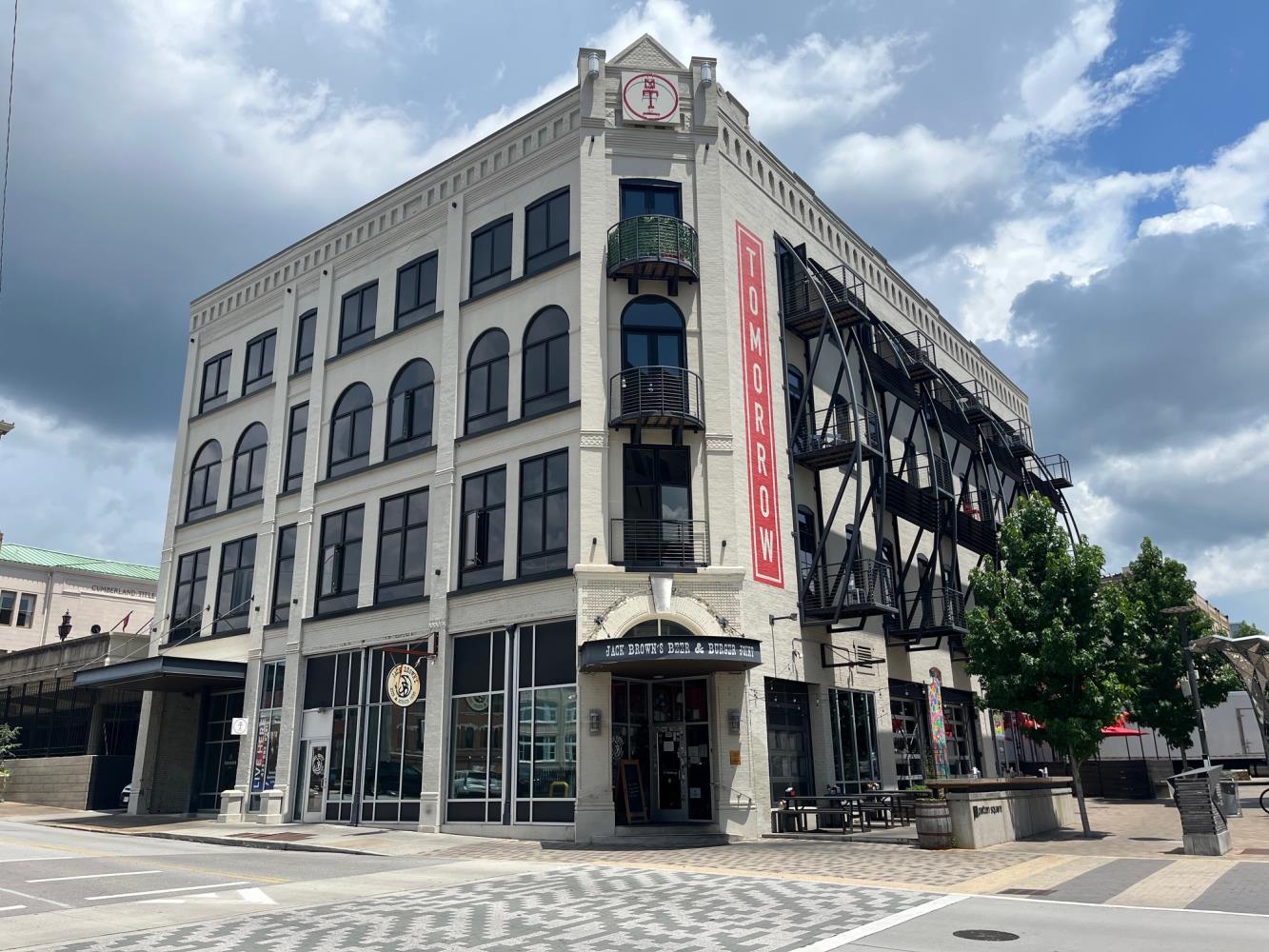
Old Ross Hotel/Tomorrow Building
photo by John Shearer
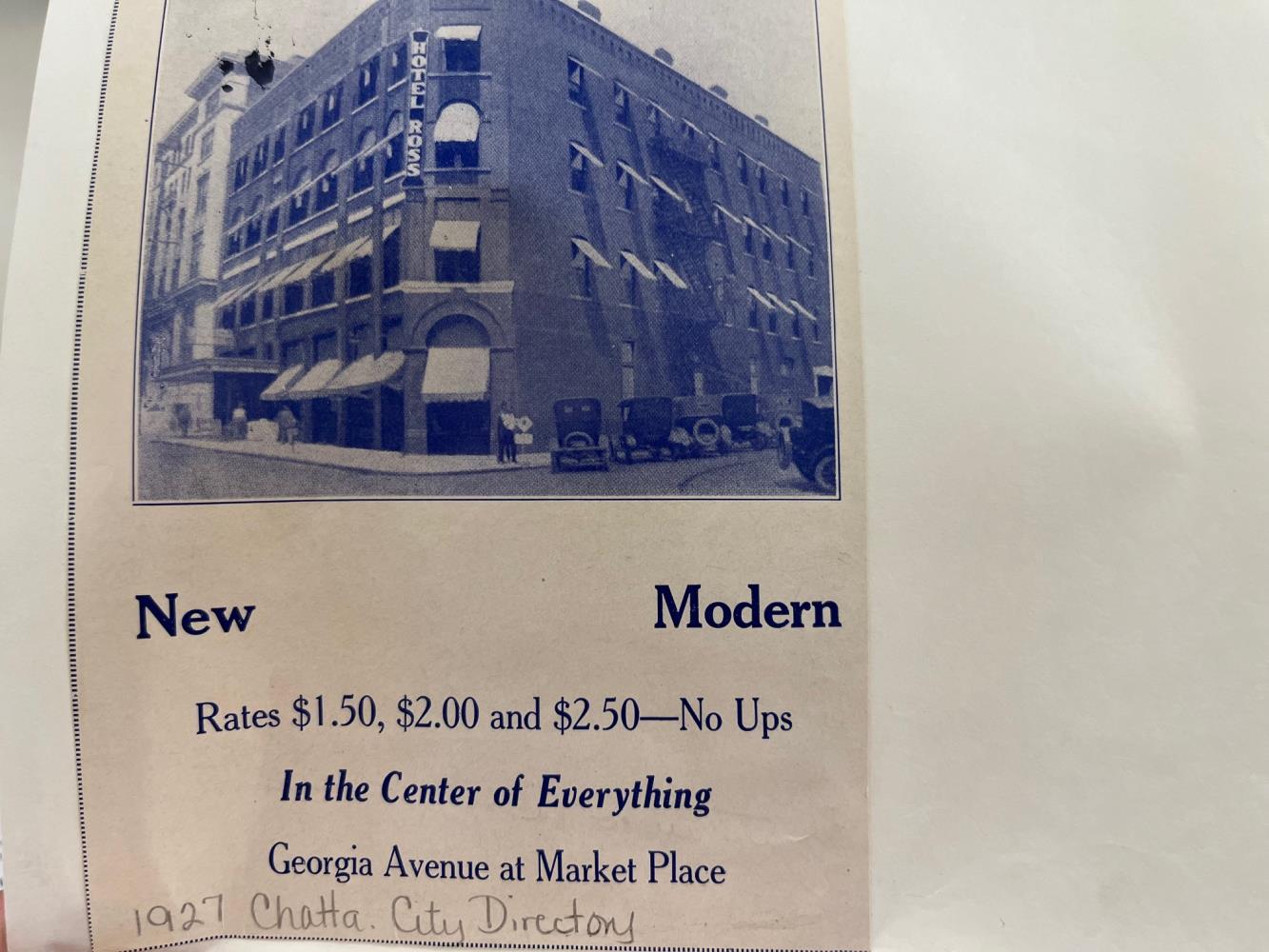
Old Ross Hotel ad
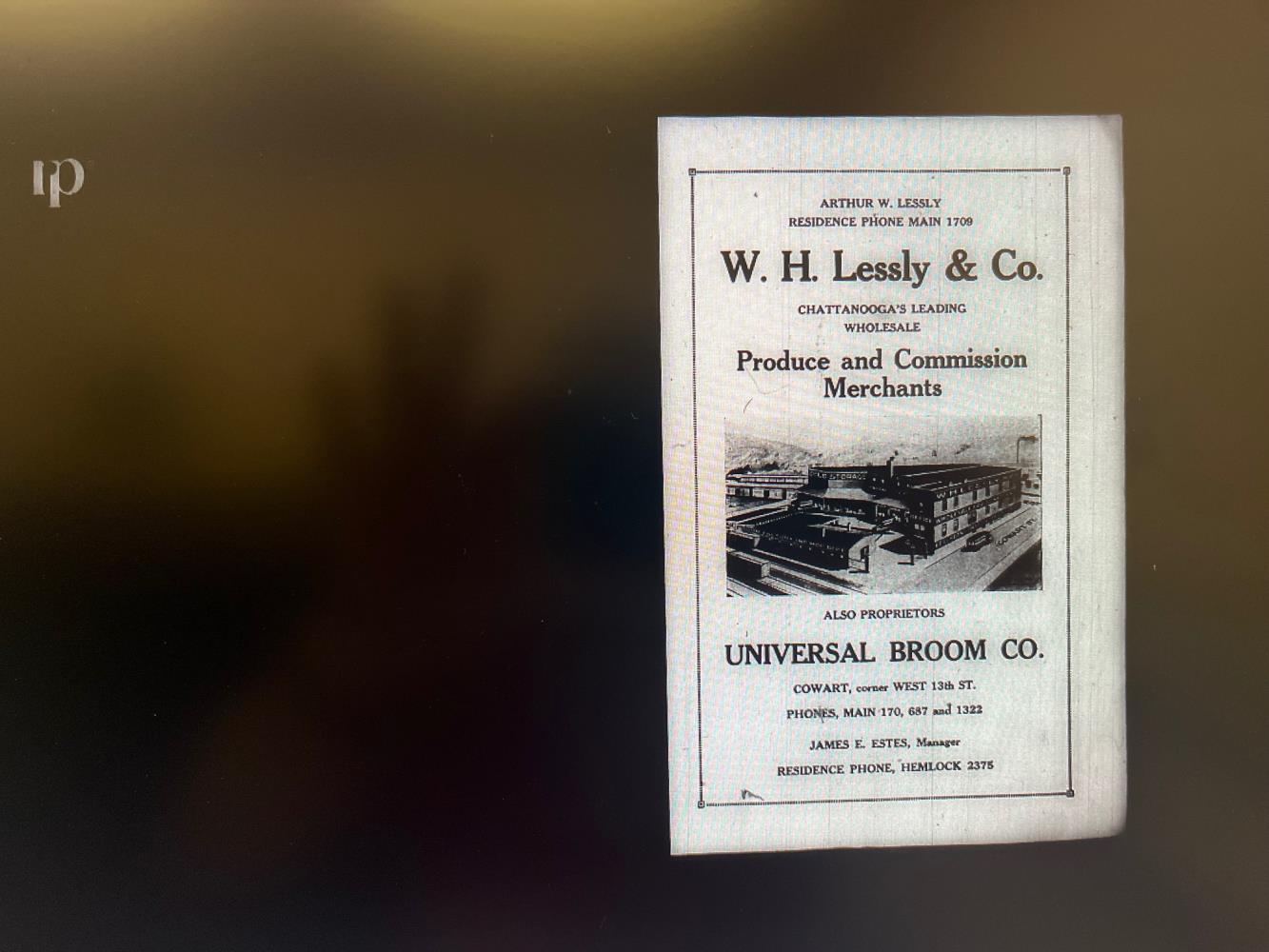
Ad for Lessly business
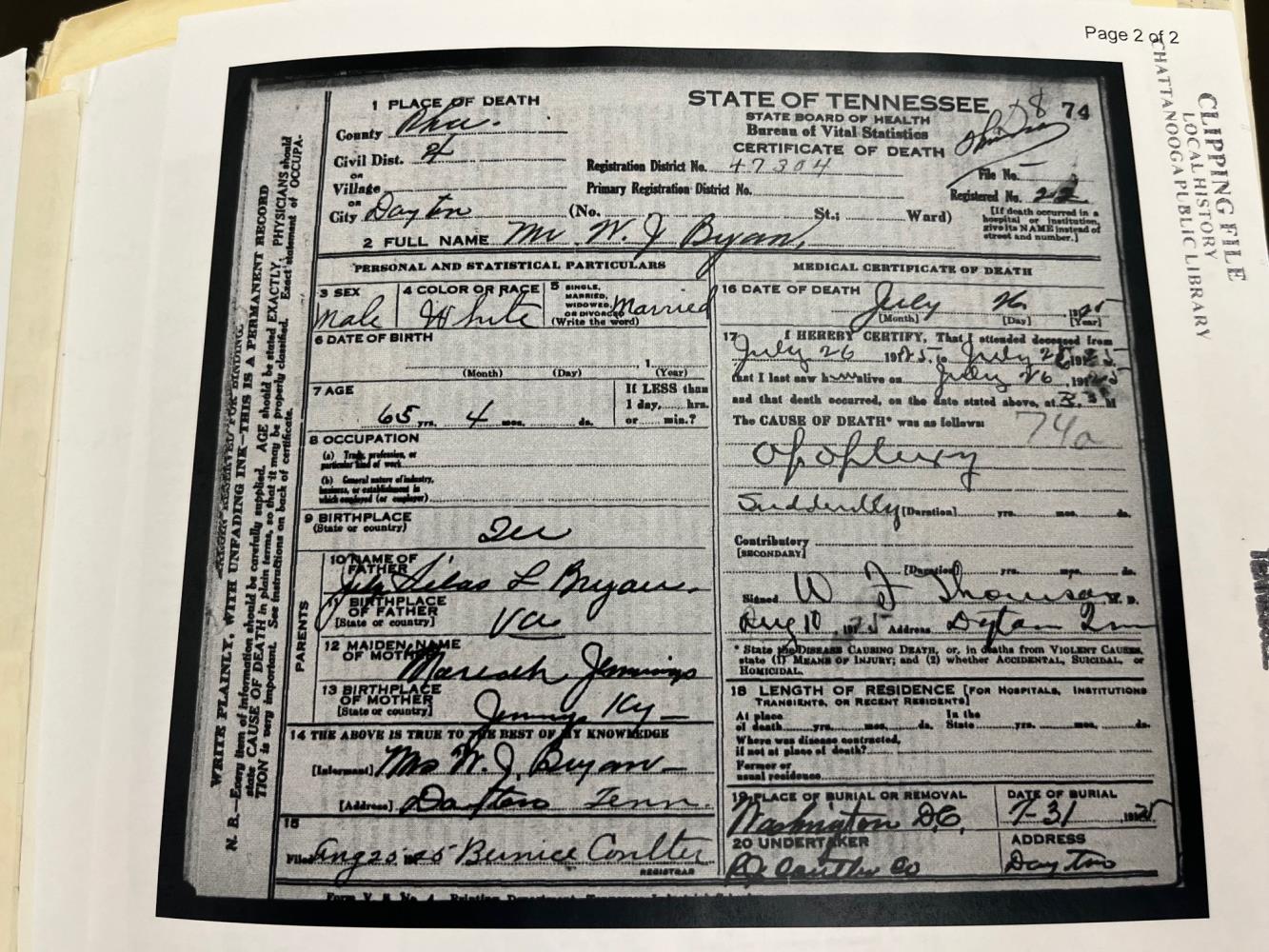
William Jennings Bryan death certificate
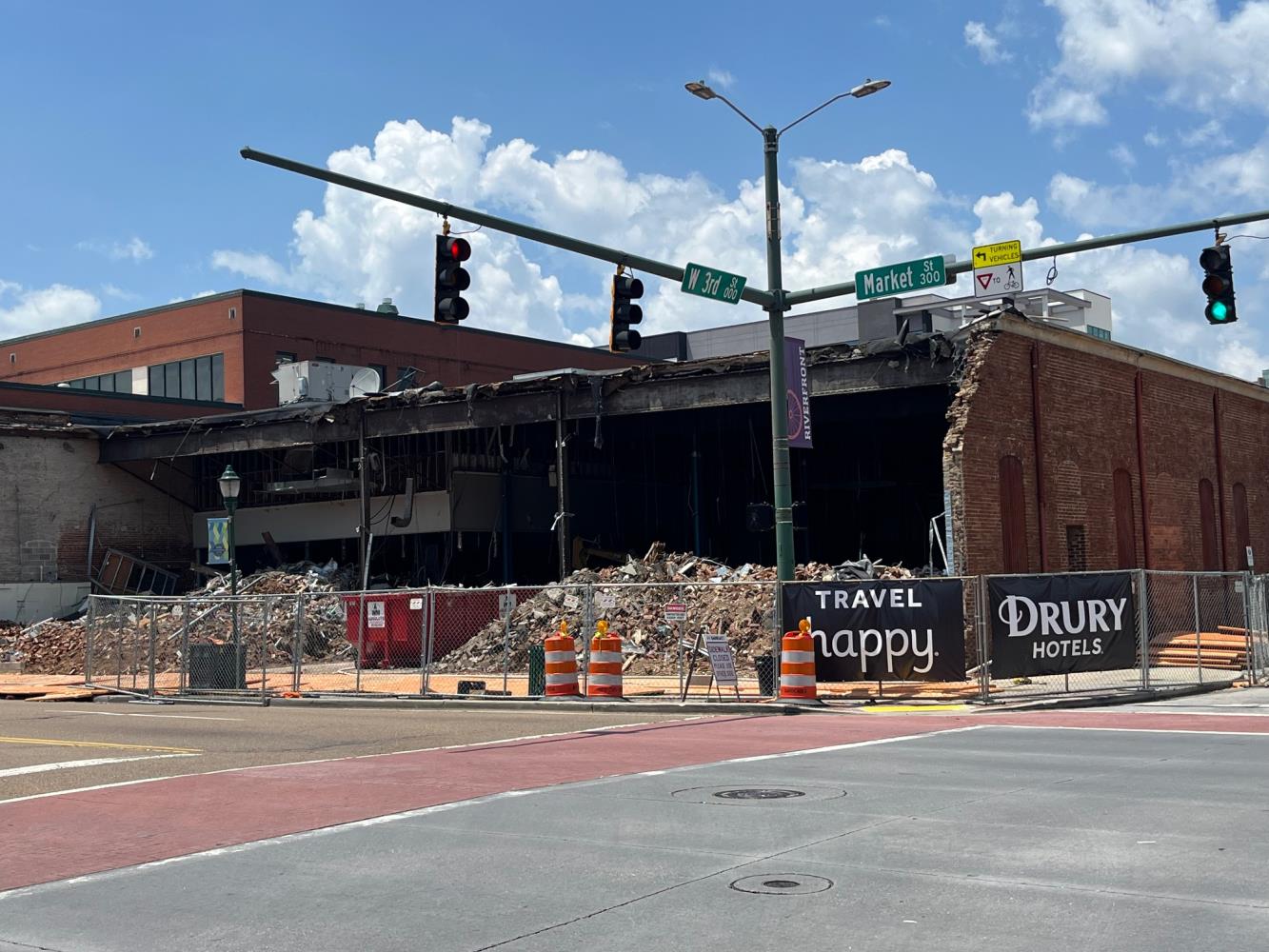
Bus barns building being demolished
photo by John Shearer
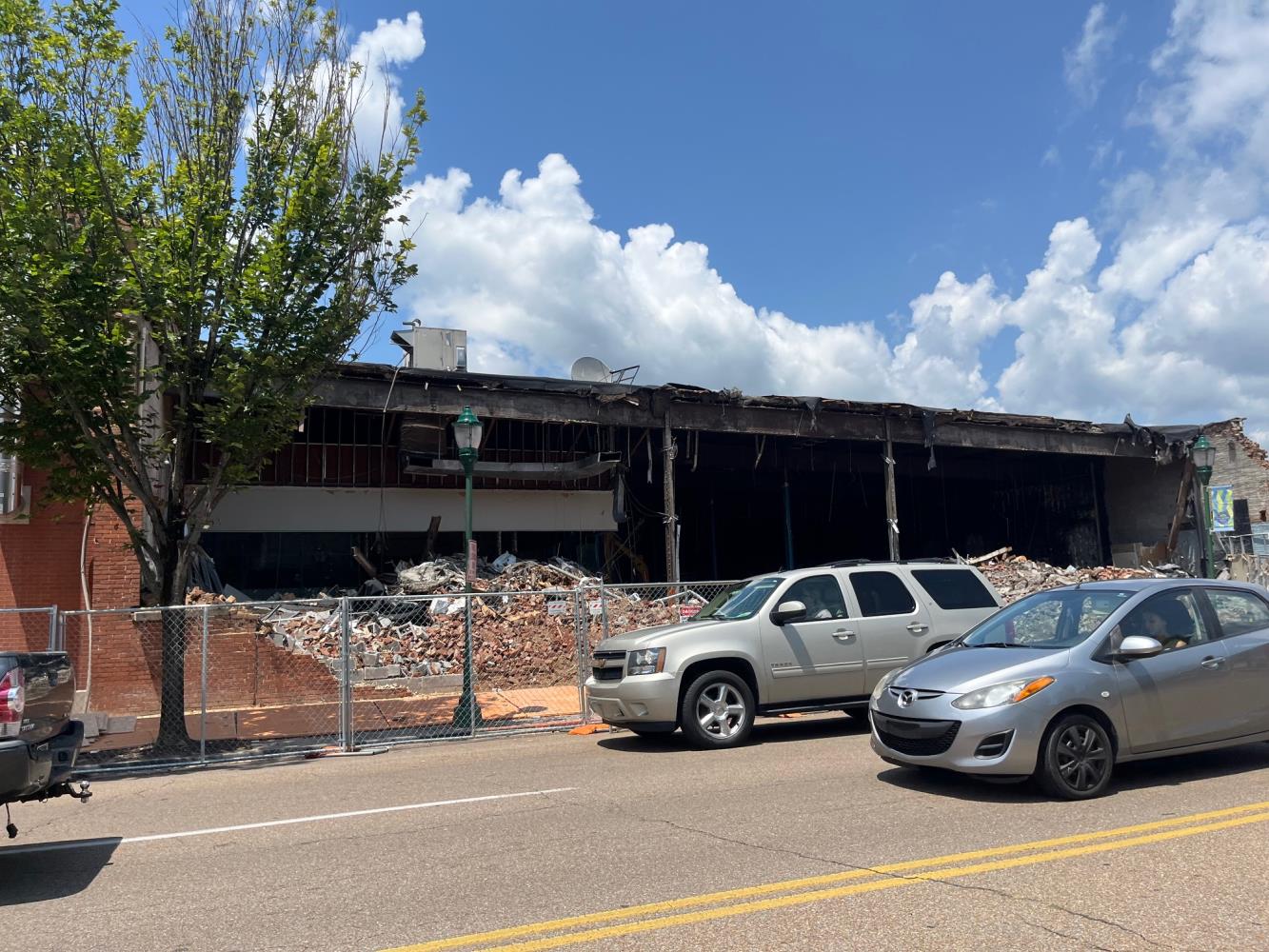
Bus barns building being demolished
photo by John Shearer
I had wanted to take in a lot of the 100th anniversary events regarding the Scopes Trial, which had been held at the Rhea County Courthouse in Dayton from July 10-21, 1925.
But a nice family vacation down to the St. Augustine, Fl., area last week pre-empted me from getting to attend most of those events. I did drive up on Friday, July 11, for what I thought was kind of a Scopes anniversary festival around the courthouse, which dates to 1891 and was, of course, the scene of the trial.
But when my wife, Laura, and I arrived there about 6 p.m., about all I saw were a bunch of bouncy houses and maybe a couple of booths. One of the booths had Tyler Boyd of Athens signing copies of his biography of former Chattanooga News pioneering woman journalist Nellie Kenyon, who had covered a lot of the Scopes Trial events back in 1925.
I had previously interviewed him but got him to sign one of his books. I wrote about Ms. Kenyon in a recent story and had not heard of her before. I know she lived at the time of the Scopes Trial and for a couple of decades with her mother at 518 Wyatt Place in Chattanooga, although I was not sure if the home was still there.
Since then, I went by the Chattanooga Public Library and realized the home and short street are long gone. They sat between Vine Street and East Fifth Street, and the street was entered on one side just across from the old Vine Street grandstand of Chamberlain Field. The UTC University Center and other buildings are now in that general area.
One other bright spot around the Rhea County Courthouse that Friday night was that a senior citizen named Tom Shaver was selling watermelons and blueberries out of a truck. My wife and I learned he was doing that primarily because his late father, Hud Shaver, had sold them as a very young man during the 1925 trial. That was a neat connection to me.
There was a play about the trial inside the courthouse that night, and I even saw a couple of young men wearing 1920s’ style clothing outside the courthouse.
But the highlight of the day for Laura and me was going to 1st Avenue Pizza, Books and Ice Cream in Dayton, where we enjoyed some tasty pizza and ice cream. Since we had our 7-month-old Westie, Gracie, with us, we sat outside in the heat, but that let us get a feel for 1925, when few places were air conditioned.
Although I did not get to attend many of these anniversary events, I do fondly remember getting to write three Scopes Trial-related stories over the years. In 1985 on the 60th anniversary when I was 25 years old, I went up and interviewed Bud Shelton, who had briefly testified as one of two students regarding whether Mr. Scopes had taught evolution. I think he was the last living person involved directly in the trial in some way. He was nice and accommodating as we sat in the courtroom and toured the museum.
And in the early 1990s, I happened to see that some people named Scopes were wanting to open a restaurant called the Cajun Connection in the building near the southwest corner of Dayton Boulevard and Signal Mountain Road. Then-Free Press colleague and Red Bank Commissioner Ronnie Moore said a recent commission meeting had verified the two were the sons of the famous Mr. Scopes, so I called them and went by and interviewed them.
I remember they were nice and supportive of their father’s work and viewpoints. He had later settled in Louisiana and worked in the petroleum industry as a geologist, and that was the Cajun food connection.
I remember they gave me a sample of a Cajun dish or two before the interview began. Unfortunately, like many restaurants at that site, it was only in business a year or two, I believe.
And in the spring of 1998, I had a chance to interview over the phone Ed Larson, who had just won a Pulitzer Prize for his historical book about the Scopes Trial called “Summer for the Gods.” At the time I talked with him, he was a professor at the University of Georgia, my alma mater, although he is now at Pepperdine University and has been speaking and has been interviewed frequently regarding the anniversary.
I remember he told me about getting to stay in a bed and breakfast in Dayton while doing research on the book.
Although I did not get to write as much as I wanted about the anniversary regarding this trial that focused on whether a state law forbidding the teaching of evolution was broken and the larger issue contrasting it with creationism, I did enjoy following all the other stories.
Hats off to attorney and Chattanoogan.com contributor Jerry Summers for his stories spanning several months, and I enjoyed the other stories in the Times Free Press and elsewhere, including Linda Moss Mines’ about William Jennings Bryan’s death just five days after the trial ended.
The latter is of interest to Chattanoogans because the trial’s special prosecutor and former three-time presidential candidate had stayed on the third floor – a room later identified as 301 -- at the old Ross Hotel in the Patten Parkway on the night before he died. That building actually dates to 1888 and was a boarding house for a period. At one time it was known as the Old Market Place.
It had just opened as the remodeled Ross Hotel in the spring of 1925 shortly before Mr. Bryan’s arrival.
Mr. Bryan had spoken in Chattanooga and Dayton several times around the time of the trial, including in front of 5,000 in Winchester, Tn., the day before he died. As a United Methodist, I was interested to learn he had spoken at First Methodist Church in Dayton on July 12 and attended a service there on July 26 on the day he died. He and his wife, Mary Baird Bryan, had also appeared at Centenary Methodist in downtown Chattanooga at that time.
He had taken an afternoon nap at the home of F.R.Rogers at 711 Market St. in Dayton and never awakened that day. He had stayed there during the trial, and the Rogers family had vacated the home to accommodate him.
Marion Perkins of Chattanooga had been involved in coordinating some of the security for him during the trial and admitted after his death that the noted orator and Christian fundamentalist had received some threats.
Among the other Chattanoogans who were connected with him or around him during his last day or two, I became curious what happened to them. Mr. Bryan was supposed to spend that Sunday night of July 26 before his death at the home of fellow Democrat and former governor J.B. Frazier at 211 Glenwood Drive. Gov. Frazier, who had served from 1903 to 1905, lived until 1937, when he suffered a heart attack. He was 80 years old.
Arthur W. Lessly, who was with Mr. Bryan as the hotel owner, had run his father’s produce business and had some other business interests in addition to owning the Ross Hotel and some real estate. He unfortunately suffered a cruel death from a head injury on Aug. 13, 1935, while getting ready to travel up Monteagle Mountain with accountant Lee Battle, who survived. They were on their way to the state capitol when Mr. Battle’s car crashed into a cliff.
The University of Chattanooga law graduate was 59 years old and had been a member of Central Baptist Church when it was on McCallie Avenue in a building later used by the Salvation Army.
Dr. Raymond Wallace, who attended Mr. Bryan as a physician during his stay in Southeast Tennessee, also met an unfortunate death. A man whose office was in what is now the Maclellan Building in 1925, he was working in his flower garden at his Lookout Mountain home at 209 Fleetwood Drive on April 29, 1941, when he slipped and fell about 10 feet. He died two days later. He was 65, the same age as Mr. Bryan when he died and the same age I am in 2025!
Dr. Wallace had come to Chattanooga in 1903 at the invitation of his dentist cousin, a Dr. Billmeyer, and was a member of Lookout Mountain Presbyterian Church.
Mr. Bryan’s closest friend in Chattanooga was said to be George Washington Chamlee Sr., who had been the local district attorney general. He managed to live a long life, dying on Jan. 17, 1958, at the age of 85. At the time of his death, he had practiced law in Chattanooga longer than anyone else then practicing.
He had gained attention for defending the Scottsboro Boys when some black youths were accused of rape. And he had once been a defense lawyer in a federal moonshine case when he narrowly avoided getting in the crosshairs of a moonshiner gunfire feud at the old Customs House building on 11th Street. He had also written the first ordinance locally creating food inspection, which apparently led indirectly to the popular restaurant reports.
He had lived at 1409 Lexington Road in Riverview at the time of his death and was a member of First Baptist Church, then on Georgia Avenue by Oak Street.
Coincidentally, all four of these Bryan acquaintances were buried at Forest Hills Cemetery at the foot of Lookout Mountain, while Mr. Bryan was buried at Arlington National Cemetery by the nation’s capital.
The Hotel Ross/Ross Hotel where Mr. Bryan stayed, meanwhile, remains. Later owners of it included Herbert Sayers, who hung a portrait of Mr. Bryan in the lobby in the 1950s; E.J. Gearon and Gordon Steadland of Alabama; and Selma Cash Paty and her family. The Cartter Patten family also apparently owned it and the area around it for a period.
It had evidently become more of a long-term rental facility but closed to residents in 1979. Edmund’s restaurant and later Yesterday’s bar and eatery were also popular establishment there at the corner entrance over the years.
Although attorney Ms. Paty had talked about converting the Ross Hotel into a luxury downtown dwelling facility two decades before that became popular, it was eventually converted into the Tomorrow Building. River City Company had bought the building in 2014, and plans for the Tomorrow Building were announced in 2015.
Whether that name was a play on Yesterday’s, I don’t know. The website says the Tomorrow Building was created for the co-living community. “Developed especially for remote workers, contract workers, entrepreneurs, six-month says, and people looking for easy, hassle-free living,” it says.
Jack Brown’s Beer and Burger Joint is now at the old Yesterday’s location.
A building similar in age to the old Ross Hotel building and which is coming down to make way for a new Drury Hotel is the old Sportsbarn building at 3rd and Market streets. It had formerly been connected to the trolley and bus operations in Chattanooga and is a building of thick and historic brick.
Someone who is apparently also strong, at least in his beliefs that it should have been preserved, is Todd Morgan, executive director of the historic preservation group, Preserve Chattanooga. Despite knowing the building was already coming down, he held a press conference last week by it to mention how much of a loss and shame the demolition is to him.
Many might agree that to do that when a building was already coming down took some gumption. As a result, historic preservationists were applauding him and hoping it brings further awareness to saving other historic or architecturally significant buildings.
It was almost as if Mr. Morgan were an articulate lawyer passionately pleading his case. You know, someone like Scopes Trial defense lawyer Clarence Darrow or William Jennings Bryan himself!
* * *
Jcshearer2@comcast.net